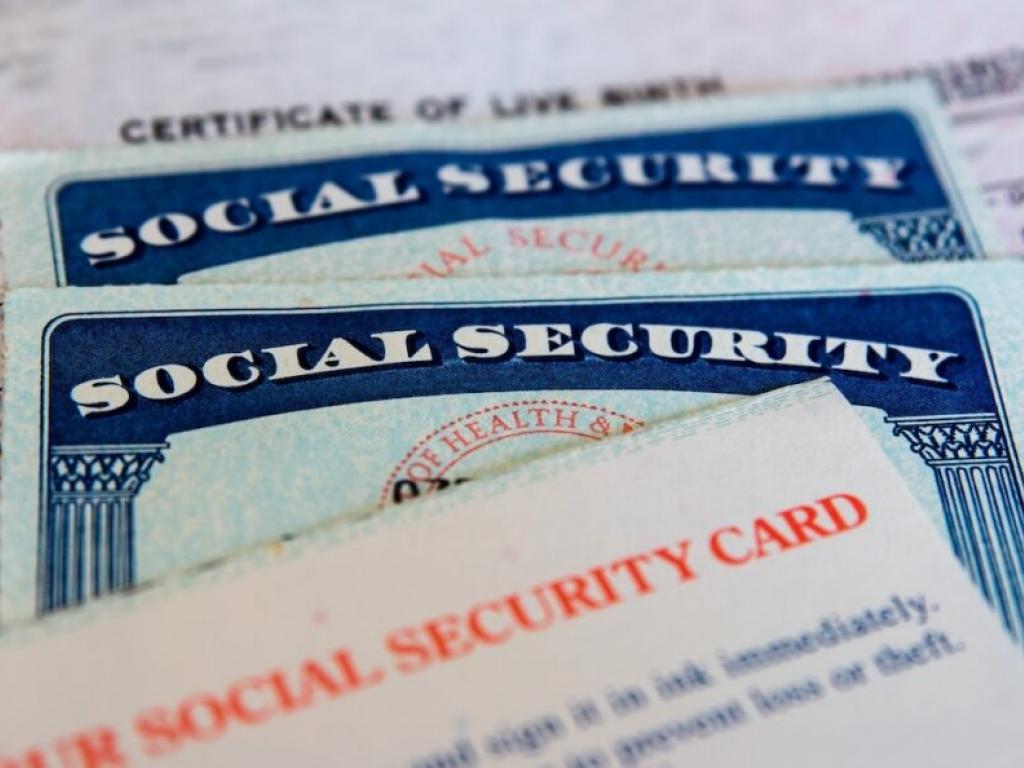Some Social Security Recipients Won't Have To Wait Until 2026 For COLA Hike
Author: Shomik Sen Bhattacharjee | November 05, 2025 11:03pm
Most Americans receiving Social Security will see the 2026 cost-of-living adjustment reflected in their first payment of the new year, while Supplemental Security Income beneficiaries will get the increase a day early, on Dec. 31, 2025.
SSI Recipients See Increase One Day Early
About 71 million people receiving Social Security will see the higher payments in January 2026. For the roughly 7.5 million people on SSI, the COLA shows up sooner because Jan. 1 is a federal holiday and SSI, normally paid on the first of the month, moves to the prior business day.
Annual COLA Rises 2.8%, Notices Coming December
The Social Security Administration said last month that benefits for Social Security and SSI will rise 2.8% in 2026, slightly above 2025's 2.5% increase and below the larger bump seen two years earlier. On average, retirement benefits will increase by about $56 per month starting in January. The agency begins mailing notices with new benefit amounts in early December.
See Also: Federal Reserve’s Next Move Is ’50/50 Toss-Up’: Jeremy Siegel Says Powell Corrected Market Expectations
Payment Schedule And Purchasing Power, At A Glance
Monthly payment timing for Social Security will otherwise follow the usual schedule. Benefits arrive on the second, third or fourth Wednesday based on a recipient's day of birth. People who began receiving benefits before May 1997 are generally paid on the 3rd of each month.
Cost of living adjustment, aka COLA, aims to preserve buying power by tracking the Consumer Price Index for Urban Wage Earners and Clerical Workers. Even so, advocacy groups say modest increases can feel thin against rising costs for essentials.
For readers tracking timing and amounts, SSA's 2026 COLA fact sheet shows the average retired worker's benefit rising from $2,015 to $2,071 and the agency's website confirms that mailed and online notices begin in December. Beneficiaries can also review schedules and updates on SSA's website.
Image via Jason Raff on Shutterstock.com
Read Next:





